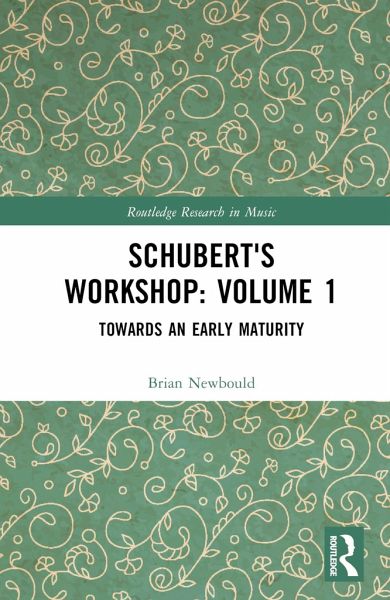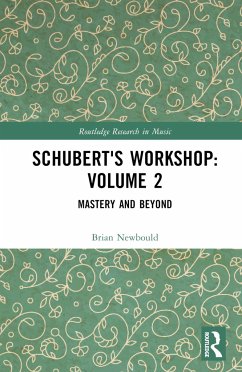
Schubert's Workshop
Volume 1: Towards an Early Maturity
Versandkostenfrei!
Versandfertig in 6-10 Tagen
138,99 €
inkl. MwSt.
Weitere Ausgaben:

PAYBACK Punkte
69 °P sammeln!
Schubert's Workshop offers a fresh study of the composer's compositional technique and its development, rooted in the author's experience of realising performing versions of Franz Schubert's unfinished works. Through close examination of Schubert's use of technical and structural devices, Brian Newbould demonstrates that Schubert was much more technically innovative than has been supposed, and argues that the composer's technical discoveries constitute a rich legacy of specific influences on later composers. Providing rich new insights into the creative practice of one of the major figures of ...
Schubert's Workshop offers a fresh study of the composer's compositional technique and its development, rooted in the author's experience of realising performing versions of Franz Schubert's unfinished works. Through close examination of Schubert's use of technical and structural devices, Brian Newbould demonstrates that Schubert was much more technically innovative than has been supposed, and argues that the composer's technical discoveries constitute a rich legacy of specific influences on later composers. Providing rich new insights into the creative practice of one of the major figures of classical music, this two-volume study reframes our understanding of Schubert as an innovator who constantly pushed at the frontiers of style and expression.













